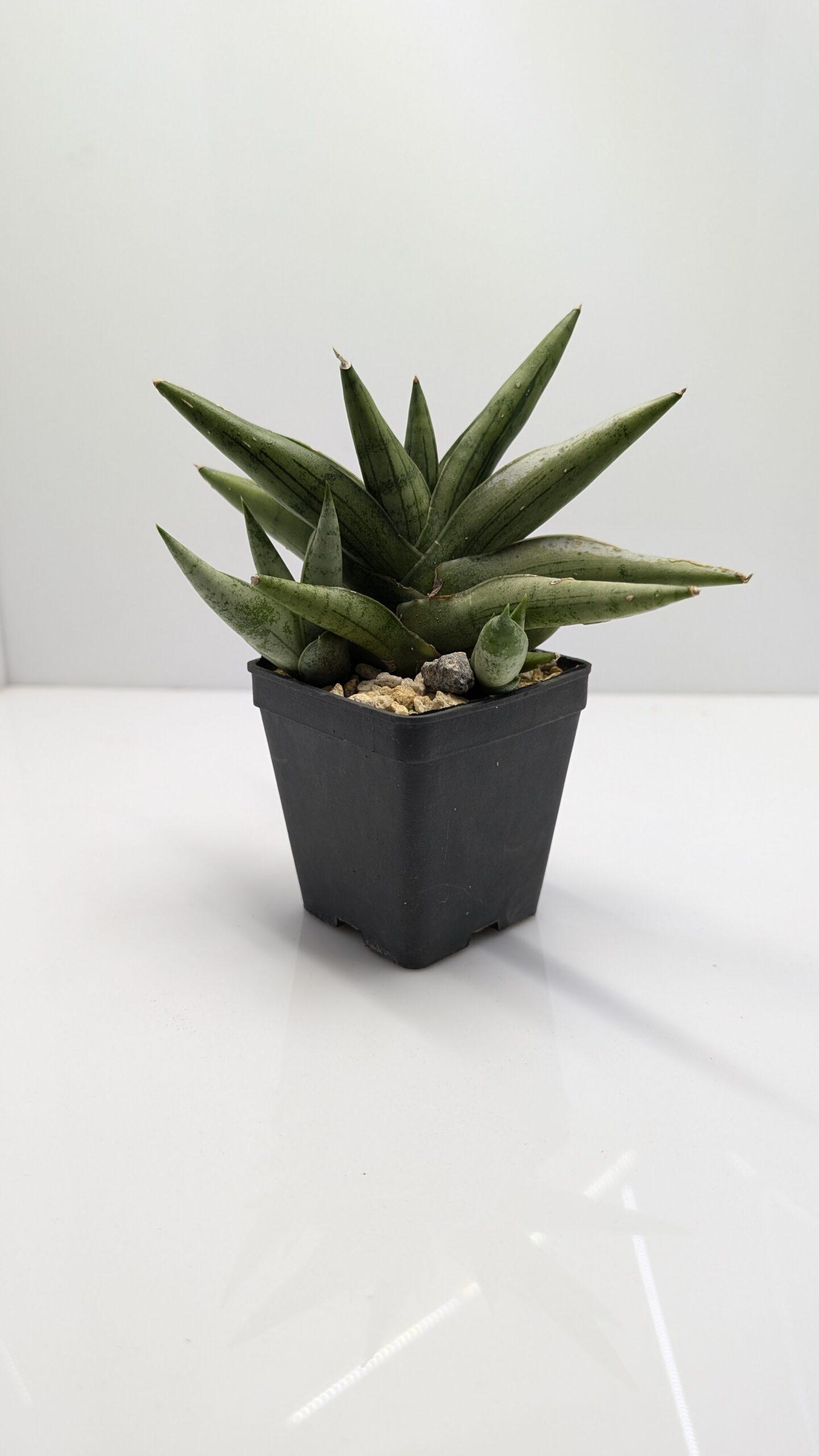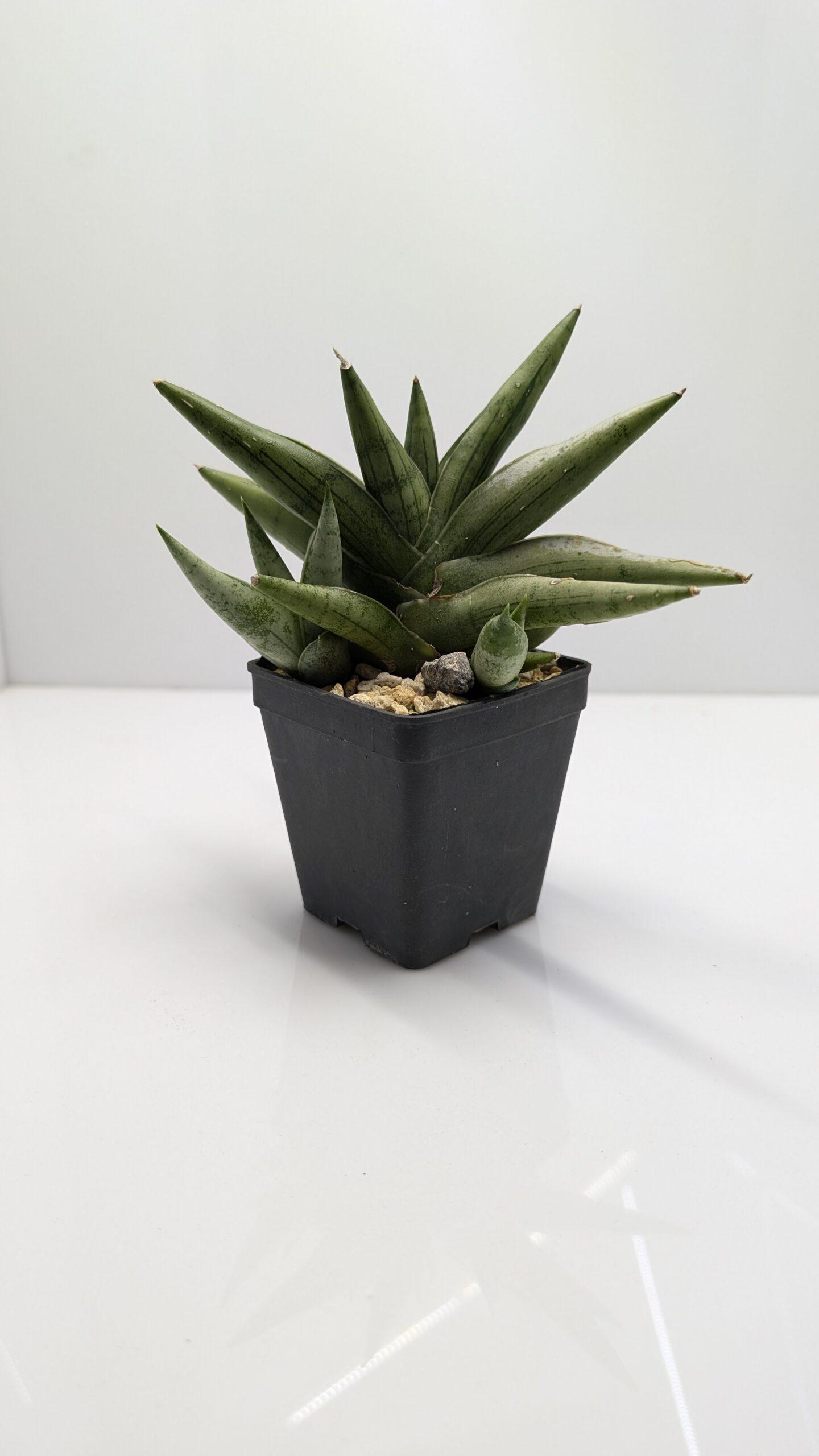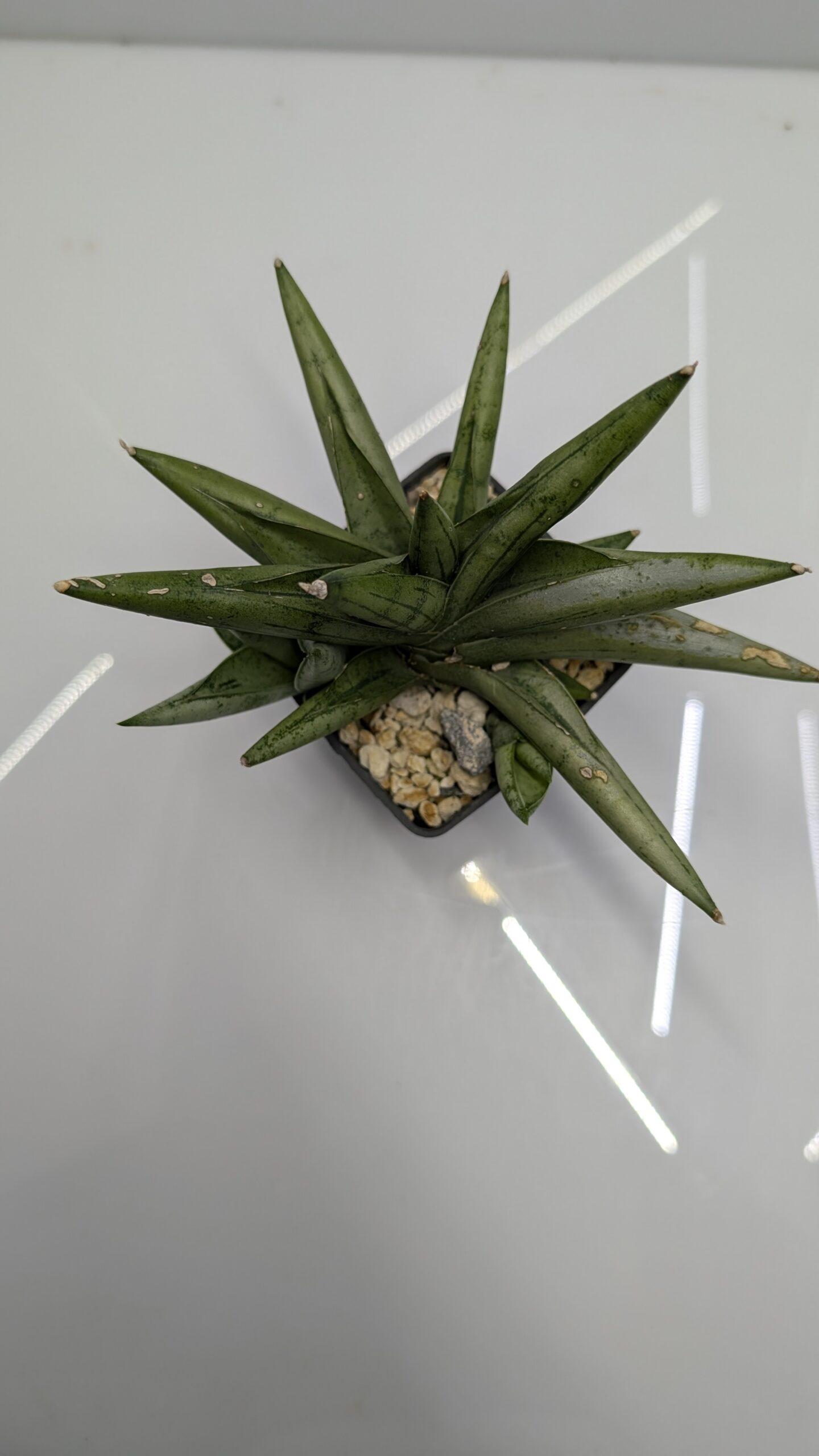The Ultimate Guide to Dracaena Trifasciata: Care, Benefits, and Growing Tips
Dracaena trifasciata, commonly known as the Snake Plant or Mother-in-Law’s Tongue, is a popular, low-maintenance houseplant admired for its striking upright leaves and resilience in various environments. Native to West Africa, this plant is known for its air-purifying qualities and adaptability, making it an excellent choice for beginners and seasoned plant enthusiasts alike. In this guide, we’ll cover everything you need to know about Dracaena trifasciata care, growth requirements, propagation, and benefits.
What is Dracaena Trifasciata? (H2)
Dracaena trifasciata belongs to the Asparagaceae family and is cherished for its sword-like leaves with dark green bands, giving it a unique appearance. Its robust and hardy nature allows it to thrive indoors with minimal care, making it ideal for home and office spaces. This versatile plant can tolerate low light, but it grows best in bright, indirect sunlight.
Why Choose Dracaena Trifasciata for Your Home? (H3)
Dracaena trifasciata is not only visually appealing but also known for improving indoor air quality. Studies have shown that it can remove toxins such as formaldehyde, benzene, and xylene from the air, making it a beneficial addition to any room.
Air-Purifying Qualities of Dracaena Trifasciata (H4)
- Formaldehyde Removal: Helps reduce indoor air pollutants.
- Carbon Dioxide Absorption: Improves air freshness, especially at night.
- Low Maintenance: Ideal for busy individuals and low-light spaces.
-
How to Care for Dracaena Trifasciata (H2)
Caring for Dracaena trifasciata is simple and requires minimal effort, as it adapts well to various indoor environments. Proper light, water, and soil are essential to help this plant flourish.
Light Requirements for Dracaena Trifasciata (H3)
Dracaena trifasciata prefers bright, indirect sunlight but can tolerate lower light levels. Too much direct sunlight may scorch the leaves, while very low light can slow down growth.
Optimal Light Conditions (H4)
- Bright, Indirect Sunlight: The ideal setting for healthy growth.
- Low-Light Tolerance: Can survive in low-light areas, though growth may be slower.
- Avoid Direct Sunlight: Prevents leaf burn and discoloration.
Watering Needs of Dracaena Trifasciata (H3)
One of the reasons Dracaena trifasciata is so popular is its minimal watering requirements. Overwatering can lead to root rot, so it’s best to let the soil dry out between waterings.
Best Watering Practices (H4)
- Frequency: Water every 2-4 weeks, depending on humidity and season.
- Soil Dryness Check: Ensure the top inch of soil is dry before watering.
- Winter Adjustment: Reduce watering during the dormant winter months.
Soil and Potting for Dracaena Trifasciata (H3)
For optimal growth, Dracaena trifasciata requires well-draining soil to prevent water retention and root rot. A cactus or succulent mix with added perlite is suitable for maintaining proper drainage.
Recommended Soil and Potting Tips (H4)
- Soil Mix: Choose a well-draining mix; a cactus or succulent blend is ideal.
- Pot Type: Use pots with drainage holes to prevent water buildup.
- Repotting Frequency: Repot every 2-3 years to refresh soil and provide space.
Temperature and Humidity Preferences (H3)
Dracaena trifasciata thrives in typical indoor temperatures, preferring ranges between 65°F and 80°F. It can tolerate dry indoor air, making it suitable for most households.
Temperature & Humidity Tips (H4)
- Temperature Range: 65°F-80°F is ideal; avoid temperatures below 50°F.
- Humidity: Normal indoor humidity works well; no misting needed.
- Cold Tolerance: Keep away from drafty windows or chilly areas in winter.
How to Propagate Dracaena Trifasciata (H2)
Propagating Dracaena trifasciata is relatively easy, usually done through leaf cuttings or division. Propagation allows you to expand your collection or share plants with friends.
Steps for Propagating Dracaena Trifasciata (H3)
Propagation of Dracaena trifasciata can be done in either water or soil. Leaf cuttings are often the most effective method, although division is also possible.
Propagation Process (H4)
- Leaf Cuttings: Cut a healthy leaf and place it in water or soil.
- Division: Separate offshoots from the main plant, repotting them individually.
- Root Development: Allow several weeks for roots to develop before transplanting.
Common Propagation Challenges (H3)
While Dracaena trifasciata propagation is straightforward, challenges like overwatering or insufficient light may impact success rates.
Troubleshooting Tips (H4)
- Rotting Cuttings: Keep cuttings in a warm, bright location with minimal water.
- Slow Rooting: Increase humidity slightly and ensure consistent warmth.
- Patience: Rooting can take several weeks; check for new growth regularly.
-
Benefits of Dracaena Trifasciata in the Home (H2)
In addition to its attractive look, Dracaena trifasciata brings several benefits to indoor spaces, from purifying the air to improving indoor aesthetics.
Health Benefits of Dracaena Trifasciata (H3)
With air-purifying capabilities, Dracaena trifasciata reduces indoor toxins and increases oxygen, particularly valuable in bedrooms and office spaces.
Air Quality Improvement (H4)
- Removes Toxins: Effective at reducing pollutants like formaldehyde and benzene.
- Nighttime Oxygen Production: Increases oxygen even at night, ideal for bedrooms.
- Stress Reduction: Green plants like Dracaena improve mood and reduce stress.
Aesthetic and Functional Benefits (H3)
Dracaena trifasciata’s vertical growth and unique leaf patterns make it an attractive addition to any decor, whether minimalist, modern, or bohemian.
Decorative Ideas (H4)
- Indoor Decor: Place in a tall pot for added height.
- Accent Plant: Perfect for entryways or as a focal point in rooms.
- Low-Light Rooms: Suitable for offices and shaded indoor spaces.
-
Common Issues and Solutions for Dracaena Trifasciata (H2)
Though easy to care for, Dracaena trifasciata can encounter issues such as root rot, pest infestations, and browning leaves. Identifying these problems early and implementing solutions can help maintain its health.
Pests Affecting Dracaena Trifasciata (H3)
Like many houseplants, Dracaena trifasciata may attract pests such as spider mites and mealybugs. Regular inspection and natural pest control methods can help prevent infestations.
Pest Control Methods (H4)
- Spider Mites: Use insecticidal soap or neem oil to remove spider mites.
- Mealybugs: Wipe with alcohol on a cotton swab to eliminate mealybugs.
- Preventative Care: Regularly inspect Dracaena, especially in warmer months.
Common Problems with Dracaena Trifasciata (H3)
Other common issues include overwatering, which leads to root rot, and browning leaf tips from low humidity or excessive sunlight.
Troubleshooting Tips (H4)
- Root Rot: Avoid overwatering; ensure well-draining soil.
- Brown Leaf Tips: Check humidity levels; avoid direct, intense sunlight.
- Yellowing Leaves: Occasional yellow leaves are normal but may indicate overwatering.
-







Reviews
There are no reviews yet.